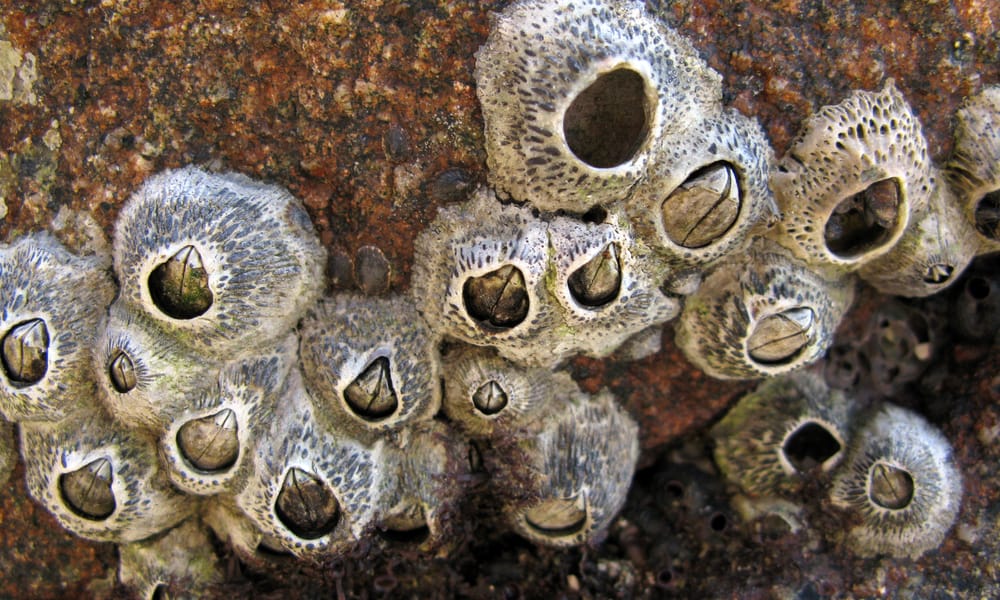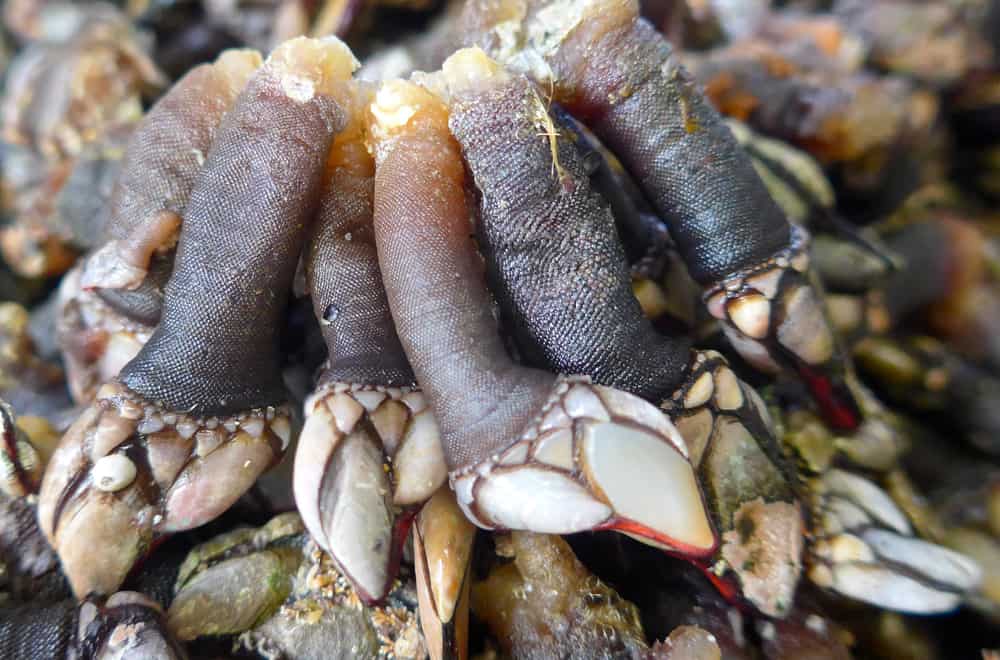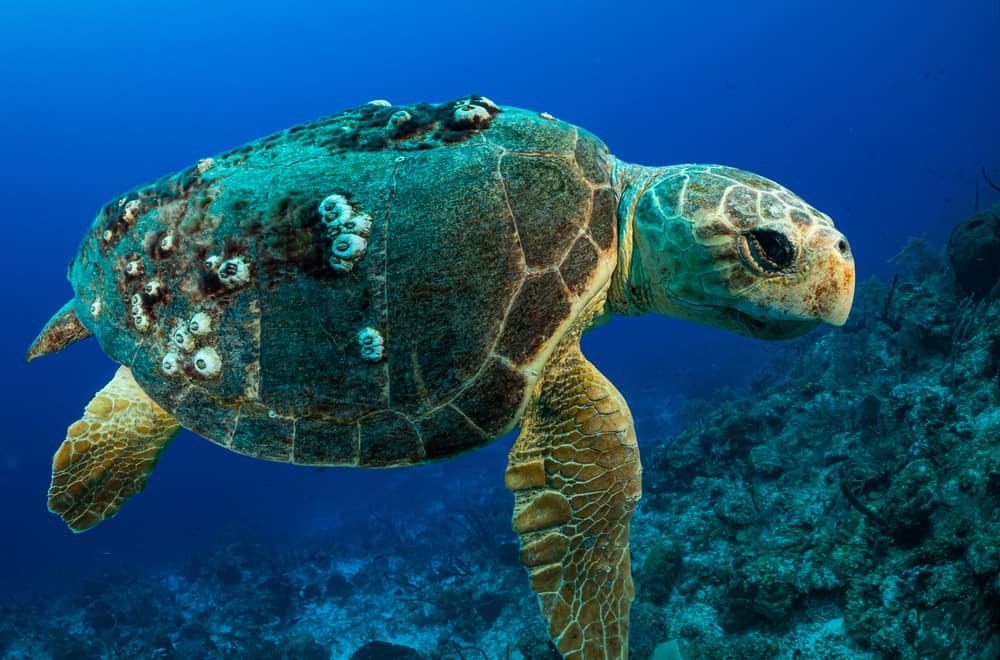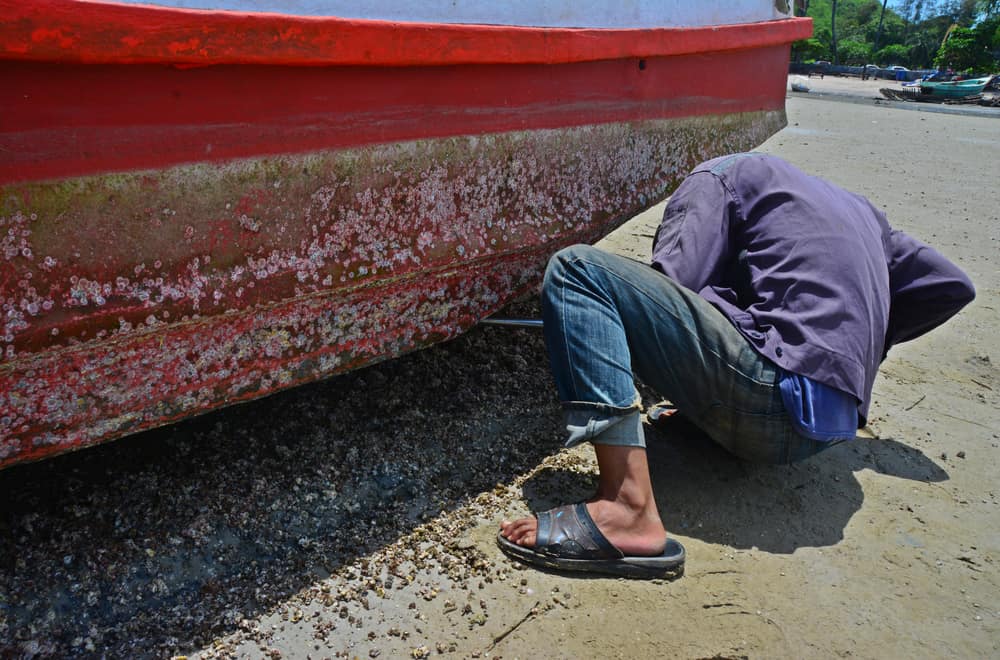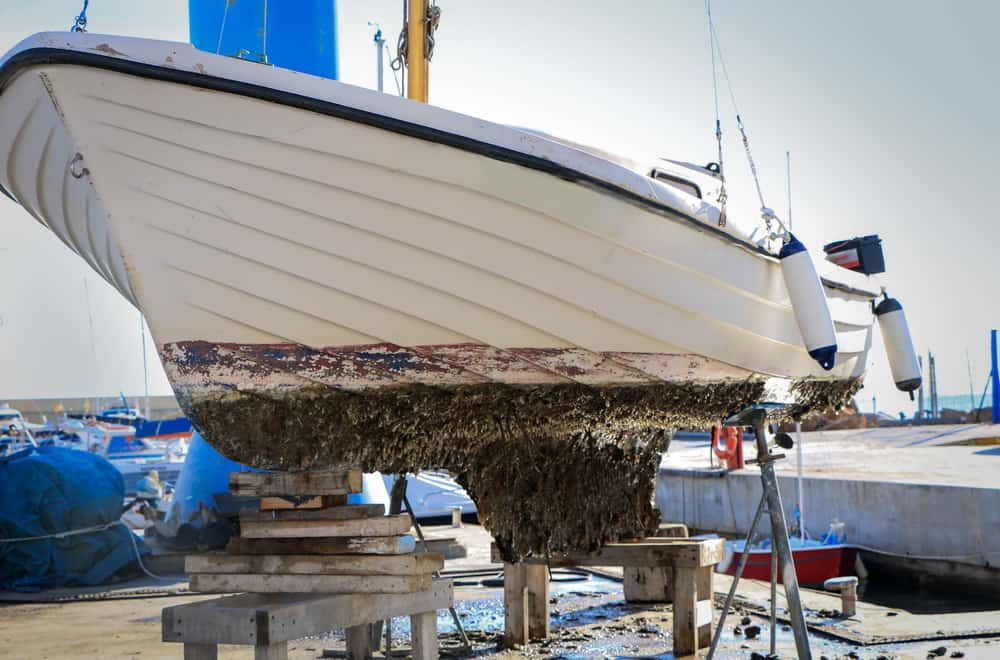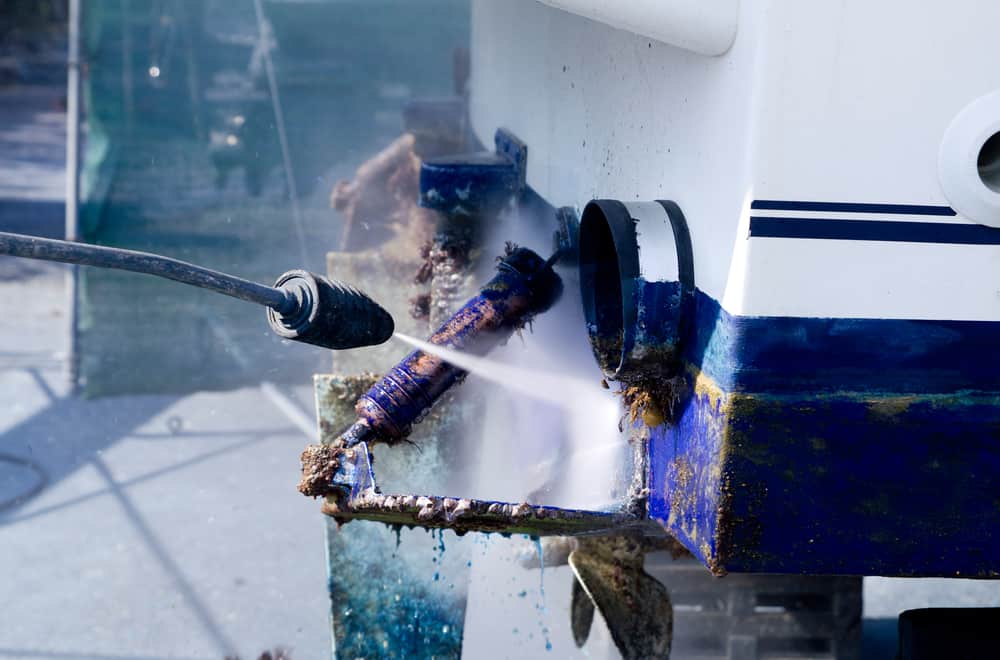Do you ever look at the barnacles when they attach themselves on a boat or rock surfaces and wonder what they eat? Where do they get their food as they stay on top of other water animals?
Well, you are at the right place for your answers. Here, we’ll talk about what do barnacles eat.
Yes, they are simple marine animals. But these are types of crustaceans that bring more problems as they eat to survive. They are a unique type of crustacean.
Barnacles do many things to remain alive. So, let’s begin with what these animals like to eat in the waters.
What Do Barnacles Like to Eat?
Barnacles do things that aren’t the same as the members of their family. Remember, it’s one of the simple animals in the waters. So, let’s go deep into the eating habits of these animals.
Eating Habits
Barnacles are filter or suspension feeders. It means that they eat by sweeping food from water and into their mouths.
They eat using their feet. It happens well as they attach themselves to a surface of a boat, rocks, or water animal.
Their feet or cirri look like a fan. So, it makes it easy for them to collect food in the waters.
Sometimes, they wait on the water tides or currents to bring food their way. When there is a tide, the animal will open its mouth and then eating using legs. After that, they’ll close their operculum to save more water.
Remember, these water animals are omnivores. Well, it’s because they eat animal and plant matter.
These animals can hibernate during winter. During this time, they won’t eat. Instead, they’ll use the energy kept as a reserve in their bodies.
Foods that Barnacles Eat
After looking at how they behave as they eat, let’s look at what these animals eat. Since they are small animals, don’t expect them to eat many things. So, read on to see what barnacles eat in the waters.
- Barnacles eat planktons. These are the green mater in the marine. It helps these animals get more vitamins, minerals, and proteins in their bodies.
Planktons also help the young grow fast and strong. Well, it’s after they come out as a larva with one eye. After eating these foods, they’ll look like shrimps, then start looking for a place to eat and grow.
The proteins in these planktons help them grow fast. Also, it helps them get more energy to cling to surfaces. Through these proteins, they can get power when they hibernate in the winters.
These algae they eat give them energy, and minerals too. So, they’ll get calcium to allow them to have solid shells and cirri.
- Barnacles eat dead matter from plants and animals. So, they get many nutrients from these materials. These nutrients are fats, proteins, and minerals.
Through this dead matter, they get to have stronger body shells. Also, the females will lay eggs with stronger shells.
Harm of Barnacles
Besides being small animals, barnacles can bring more harm than good. They can bring bad things to people and other water animals. Below are some of the damages that barnacles can cause.
1. They can be Parasites
Yes, in the waters, these animals can be parasites in other members of the crustacean family. Well, this trait isn’t among all the barnacles.
How they become parasites inside the body is simple. They’ll enter the host’s body and spread through most parts inside.
After that, the barnacles can change their behavior and looks as they live inside the hosts. For example, they get inside a crab; you can see these animals in the place where the crab’s eggs will be.
But with a host like a crab, it will become hard for it to grow well. So, it will clean the barnacle and care for it like it was it is own. In the end, the crab won’t grow well.
Also, they can affect the health of a turtle. These barnacles attach themselves to the shell or even the turtle’s skin.
Sometimes, these barnacles can drill through the host’s skin. It will make them feel uncomfortable and make that spot open to infections.
So, the turtle will end up suffering as the barnacles keep growing. Too many barnacles on a turtle show that it has bad health.
2. Destroy the Beauty of Boats
Barnacles take away the outer beauty of the boat. The process is called biofouling. They’ll attach themselves to any surface that moves on top of the water. It can be a boat, ship, yacht, or even rocks.
They act as they wait for the water tides to bring them algae and planktons. The beautiful paint on the boats will go off because of these water animals.
3. Reduces Boat Performance
Sometimes, when these barnacles become too much on the boats, it will reduce the performance. The machine will start to drag at some point.
If you don’t remove these animals, they’ll affect the engine. It won’t make full use of the fuel. So, the engine will have to push harder to have proper speed.
Also, many of these barnacles can affect the cooling system and the propeller. There won’t be enough water that will reach the cooler. In the end, the repair of these parts will bring you many losses.
As you fish on your boat, barnacles will also affect you. After attaching themselves to a ship, they’ll come to your fishing tools. Remember, they come in large numbers.
Tips to Getting Rid of Barnacles
Even though these water animals bring many problems, there are ways to deal with them. Removing them will help you save the costs that can come from many damages. So, below are some of the things you should do to get rid of barnacles.
- You can remove these animals using antifouling coats. These are things that will help remove the animals by killing or scaring them away.
These antifouling things work well if you use them well on your water boat. The best one is the copper coat.
But the latest one is the use of plastic cover. It keeps the algae away from the surface. Also, it will become slippery, and thus the barnacles will find it hard to attach themselves to the surfaces.
- Mind your safety. As you remove these barnacles, you have to keep yourself safe. So, you have to wear the right PPE. Well, it’s because as you remove these animals, the barnacles can cut through your skin like a razor blade.
Remember, the bacteria on these animals, and other marine animals can infect you. Wearing PPE like a mask and gloves prevents these things from going to your eyes or mouth.
- Be slow and careful as you remove the barnacles. Sometimes, it’s normal to remove these animals faster from the boat surface when they are many. But if you do this activity without care, you might destroy the boat.
Also, as you work, ensure you look at your boat’s hull. Yes, it might take some of your time, but you won’t have to worry about repairing the ship. After that, you can forget about repainting.
When removing these barnacles, do it with care, even if it’s on a turtle’s shell. Be careful as you use a scraper. Ensure you use a plastic or wood scraper to remove them without leaving any scratches.
Remember, you should only use a metal scraper only if there are many barnacles. You can reduce the sharpness of the metal tool you are using. After that, scrub the surface at a safe angle to avoid damaging the boat.
- If you are working on your boat, cover the other parts using a plastic sheet. It will help prevent the rest of the boat from getting any scratches. You’ll need this tip, especially when removing the barnacles using oxalic acid.
After you remove these animals from your boat’s surface, you can now maintain the vessel. Repaint the parts that need a retouch. You can also replace the parts.
- Don’t let the barnacles dry on your boats or fishing tools. They’ll become stronger, and it will be hard to remove them. So, don’t lift your boat from the water until you are ready to remove these animals.
- You can use a pressure wash to remove these barnacles. As you do it, use an angle that is parallel to the hull of the boat. Remember, the goal is to remove them and not beat them up.
Conclusion
Barnacles are simple animals that of the crustacean family. As they are in the wild waters, they are always looking for ways to survive.
They feed on algae, dead matter, and planktons. So, they’ll stick on a surface, moving on top of a water surface. Then, they’ll wait for the water tide to bring the food close to them.
Their effects on the surfaces like boats, seas turtles, crabs, and other water animals, aren’t good. They can cause infections and injuries to sea turtles. As for your boat, barnacles can make them not work.
So, have barnacles ever attacked your boat? What did you do to get rid of them? Feel free to share your thoughts with us.
